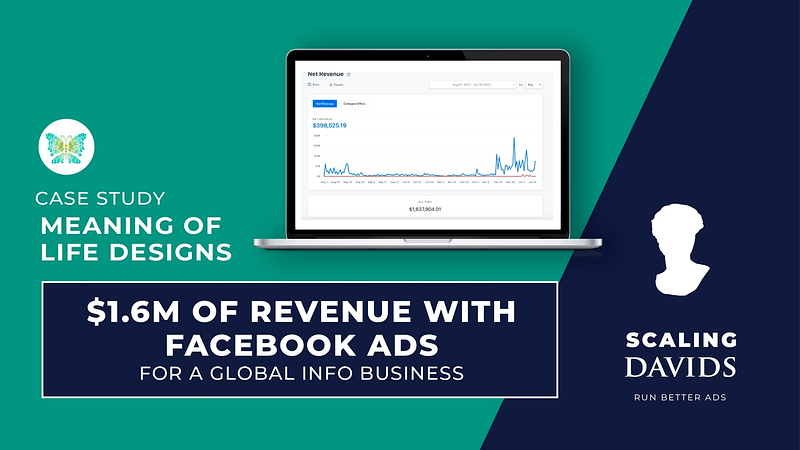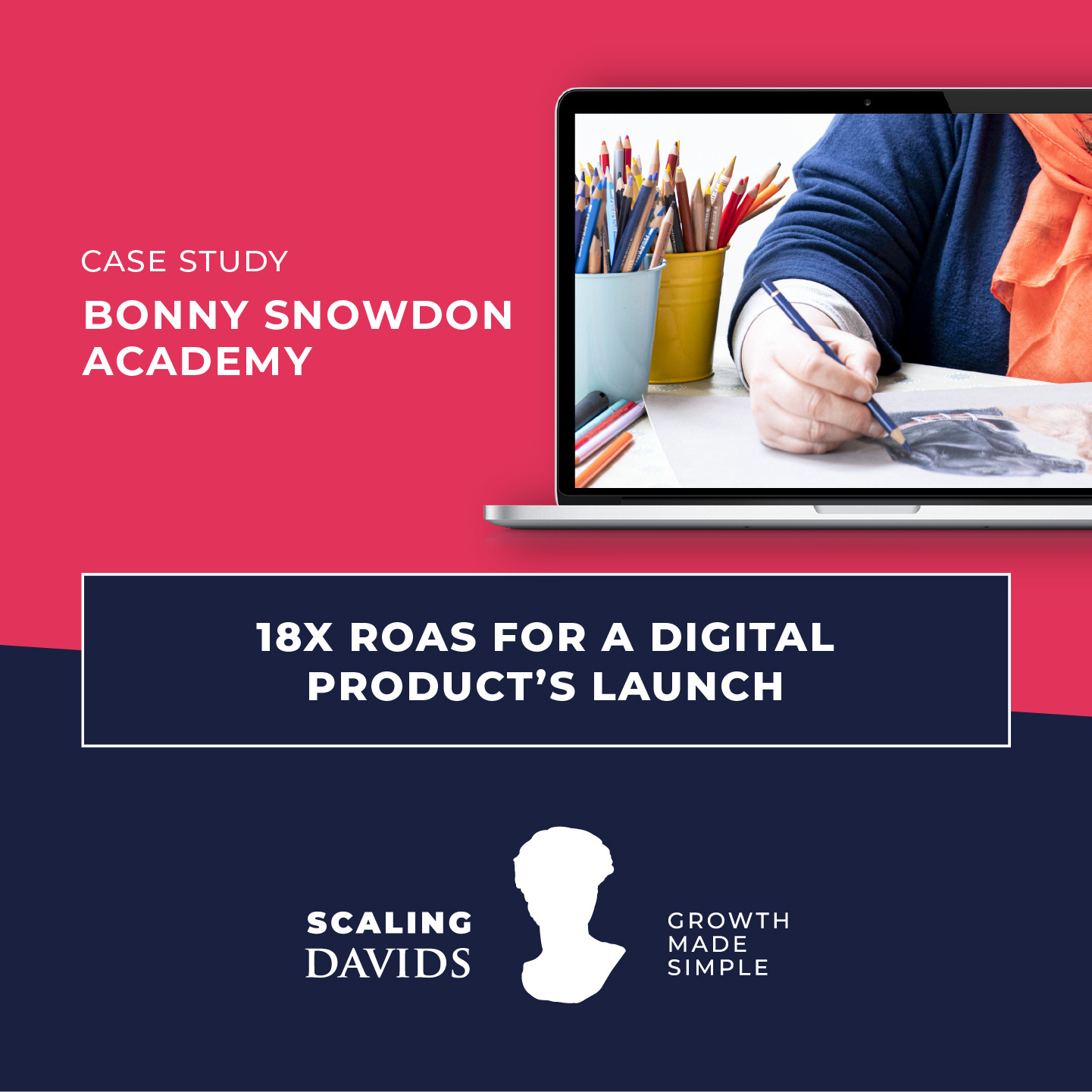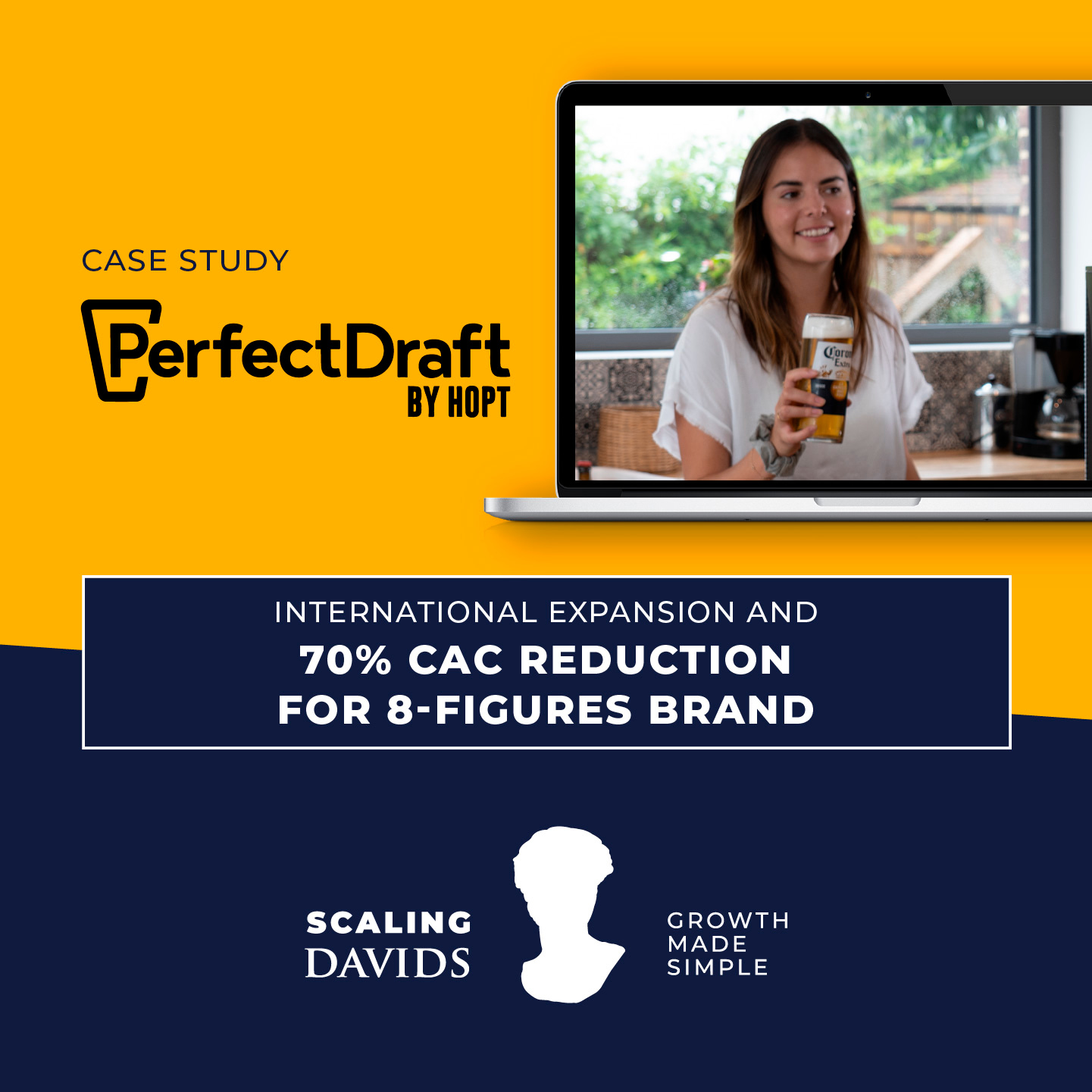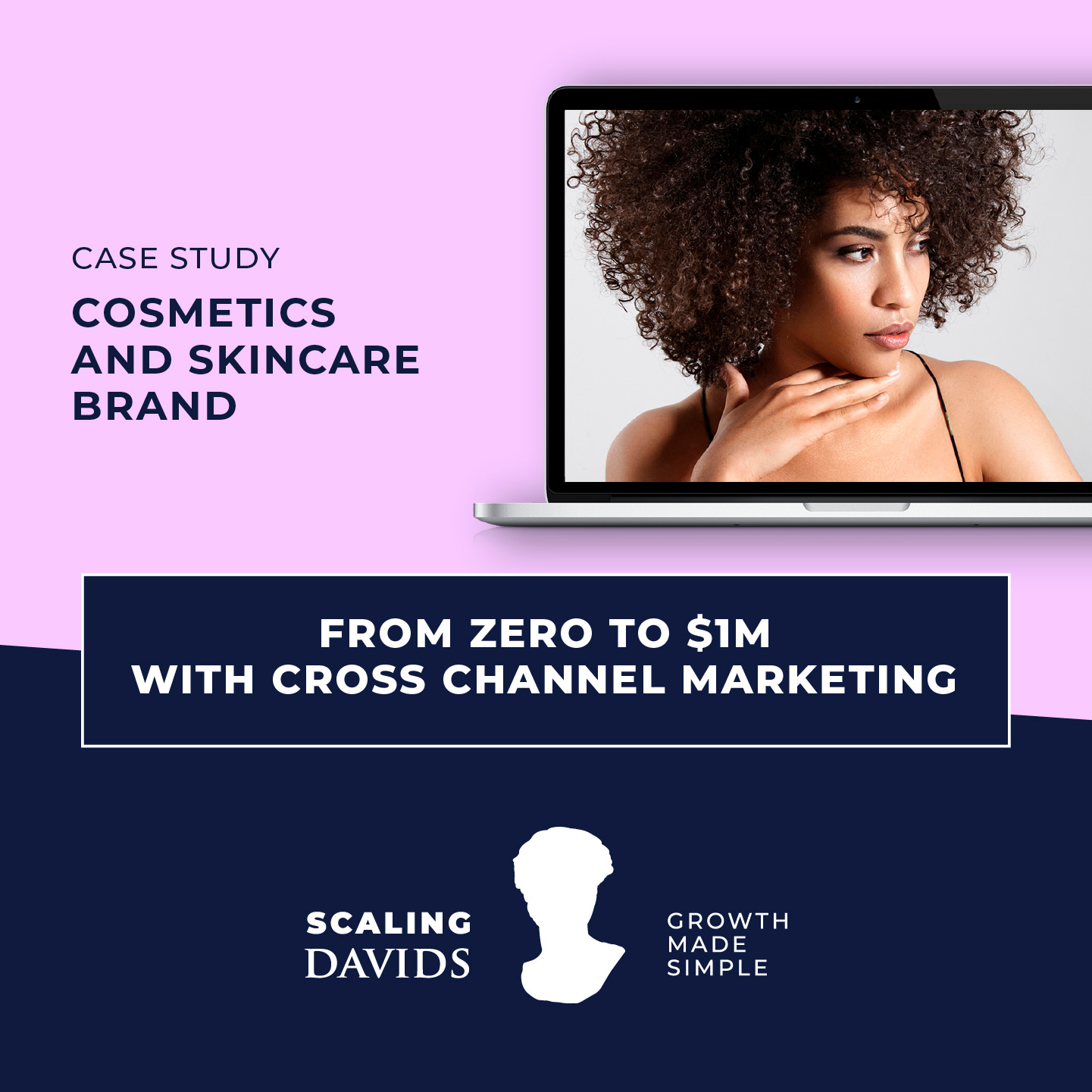This is a case study for Meaning Of Life Designs, a company based in Arizona selling an online course hosted on the platform Kajabi.
The ideal client avatar is specifically women, 45+ years old, who are interested in quilting and machine embroidery.
In this case, the client’s strength is that she is a well-known expert in the field (her fan page has 9K VERY ACTIVE followers) and the quality of the course is very high, therefore a lot of sales happen as a result of word of mouth and recommendation.
She had previously Facebook, getting some pretty good results, but advertising is something she doesn’t fully understand, and learning more about it was taking away a lot of her valuable time that she could have been putting into other parts of her business.,
Therefore, we started working together.

At the beginning of February 2021, she launched her new course: a block of the month program divided into 12 chapters. The first one would be available immediately, then each new one was to be released in a drip format every new month, for 12 months.
After a full audit of the funnel, customer journey, pricing structure, and creative assets, we decided to start testing 3 different offers:
The budget of the first month would have been around $30k, with the goal to achieve a lifetime ROAS of 3+. Considering that the product doesn’t have any manufacturing or delivery costs, everything after taxes and management fees would have been profit.


After performing a complete analysis of the funnel and of the past campaigns, we identified some weak spots in her Facebook Ads strategy.
Her past campaigns always started strong.
The clients’ products were good and ROAS got even to 3-4 in the first weeks of campaigns, but these would always end up tanking. This was mainly due to the fact that the client never had the time and the will to diversify the testing and create proper strategies for each segment of her audience. In particular:
After a few sessions of brainstorming, we decided to start testing different campaign objectives, creatives, and landing pages.
We divided the campaigns for each funnel as follows:


During the first two weeks, we optimized the campaign budget manually, paying particular attention to the top of the funnel. On day 16, we used a spreadsheet to analyze the effective effectiveness of the two offers from the perspective of lifetime value.
The first results showed a higher acquisition cost for complete offers, and a 30% lower acquisition cost for tripwire.
Despite this, we are aware that in this case, the most important factor to consider is the lifetime value, since the acquired customer’s payment cycle can vary from one day to 10 months in duration.
We made a forecast taking into account the best (zero refund, 40% conversion rate for tripwire) and worst (10% conversion rate tripwire and 30% of refunds) possible scenarios.
This calculation was very helpful in making one thing clear: Although the cost of acquiring a customer for the entire offer was steeper, the potential lifetime value was much higher.
Once this data was validated, we abandoned the tripwire offer and started to focus the whole budget on the two main offers. In the meantime, we continued optimizing the budget and scaling the winning variants.
We started from a favorable position because of the author’s personal brand, product quality, and a good price compared to the (little) competition. These factors clearly played an important role.
The Lifetime value of each customer is usually around 2.5x the AOV of every sales (this figure has been found by analyzing the customer lifecycle. of the past 3 years)
Our target for the next year will be to keep the current offers running and keep results stable, as well as testing a new offer with a lower entry price point, in order to try to reduce Customer Acquisition Cost.


This case study wants to stress the importance of always looking at lifetime scenarios and not an immediate return. Having an immediate return is certainly useful for cashflow reasons, but there are several cases where paying a high cost to acquire a customer could be reasonable, since the same customer, in the long run, could generate a very high return on the initial investment.






request now
your free
marketing plan
Copyright 2024 SD Marketing Solutions LTD.
All Rights Reserved.
